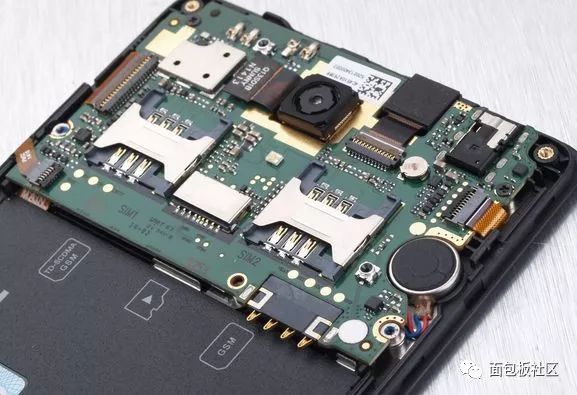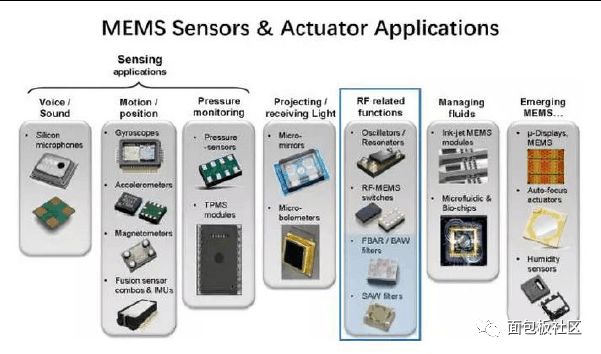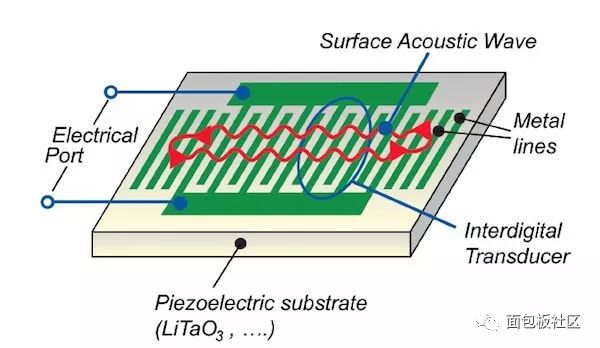A filter is a circuit that uses capacitors, inductors, and resistors to remove specific frequencies from an electrical signal. It can either block unwanted frequencies or allow only a certain frequency range to pass through, helping to clean up the power signal or eliminate interference.
In electronic systems, "wave" refers to fluctuations in physical quantities over time, such as voltage or current. These signals are often converted into waveforms for analysis and processing. Filters play a key role in shaping these waveforms by selectively allowing or blocking certain frequencies.
In wireless communication, radio frequency (RF) interference is a major challenge. As devices support more frequency bands, managing interference becomes increasingly complex. Designers must implement advanced filtering techniques to ensure clear and reliable signal transmission, especially in high-performance mobile devices.

Mobile phone circuit boards require multiple filters to handle various communication standards like 2G, 3G, 4G, Wi-Fi, Bluetooth, and GPS. Each signal path needs isolation and suppression of external noise. This complexity demands the use of advanced filter technologies, such as acoustic-based solutions.
While having many components might seem overwhelming, the trend in modern electronics is toward miniaturization. Smaller components make devices lighter, more efficient, and cost-effective due to advances in integrated circuit manufacturing. This push for compact design has led to the rise of MEMS technology.
MEMS, or Micro-Electro-Mechanical Systems, combine mechanical and electronic components on a microscopic scale. They include sensors, actuators, and transducers that detect and respond to environmental changes. MEMS are used in a wide range of applications, from automotive to medical devices.

Today, we’ll explore several RF filters commonly used in mobile phones, including SAW, BAW, and FBAR filters. These technologies are essential for handling the increasing number of frequency bands in modern wireless communication systems.
(1) SAW Filter
Surface Acoustic Wave (SAW) filters use piezoelectric materials like quartz or lithium niobate to generate surface waves. These filters are known for their stability, good selectivity, and ease of integration. They are widely used in TVs, mobile phones, GPS, and satellite communications.
SAW filters offer excellent performance, with high selectivity and reliability. However, they have limitations at higher frequencies and require precise manufacturing processes, which can increase costs.
(2) BAW Filter
Bulk Acoustic Wave (BAW) filters are better suited for high-frequency applications. Unlike SAW filters, BAW filters use vertical sound waves, making them less sensitive to temperature changes and offering steeper filter skirts. They are ideal for 3G and 4G devices where high performance is critical.
BAW filters are more complex to manufacture but provide superior performance at higher frequencies. Their ability to handle large bandwidths makes them a preferred choice in advanced wireless systems.

Basic SAW Filter
Key Features of SAW Filters:
- Stable performance with high reliability
- Easy to integrate without adjustment
- High selectivity, typically around 140dB
- Large dynamic range and stable center frequency
- Higher insertion loss, requiring pre-amplification
(3) FBAR Filter
Film Bulk Acoustic Resonator (FBAR) filters are a newer technology that uses silicon substrates and MEMS fabrication methods. They offer improved performance compared to traditional SAW filters, especially in high-frequency applications.
As wireless devices become more complex, integrating multiple functions—like GSM, CDMA, GPS, Wi-Fi, and Bluetooth—into one system presents new challenges. Designers must choose technologies that are mature, scalable, and cost-effective.
Looking ahead, the filter market is expected to grow rapidly. As devices shrink and frequency resources become more crowded, high-performance filters will be essential. While BAW filters are more expensive than SAW filters, they remain the best option for high-frequency applications above 2 GHz, leading to increased adoption in 3G and 4G smartphones.
fumot digital box 12000,fumot 15000,fumot tornado 20000,fumot 12k
Shenzhen Essenvape Technology Co., Ltd. , https://www.essenvape.com
